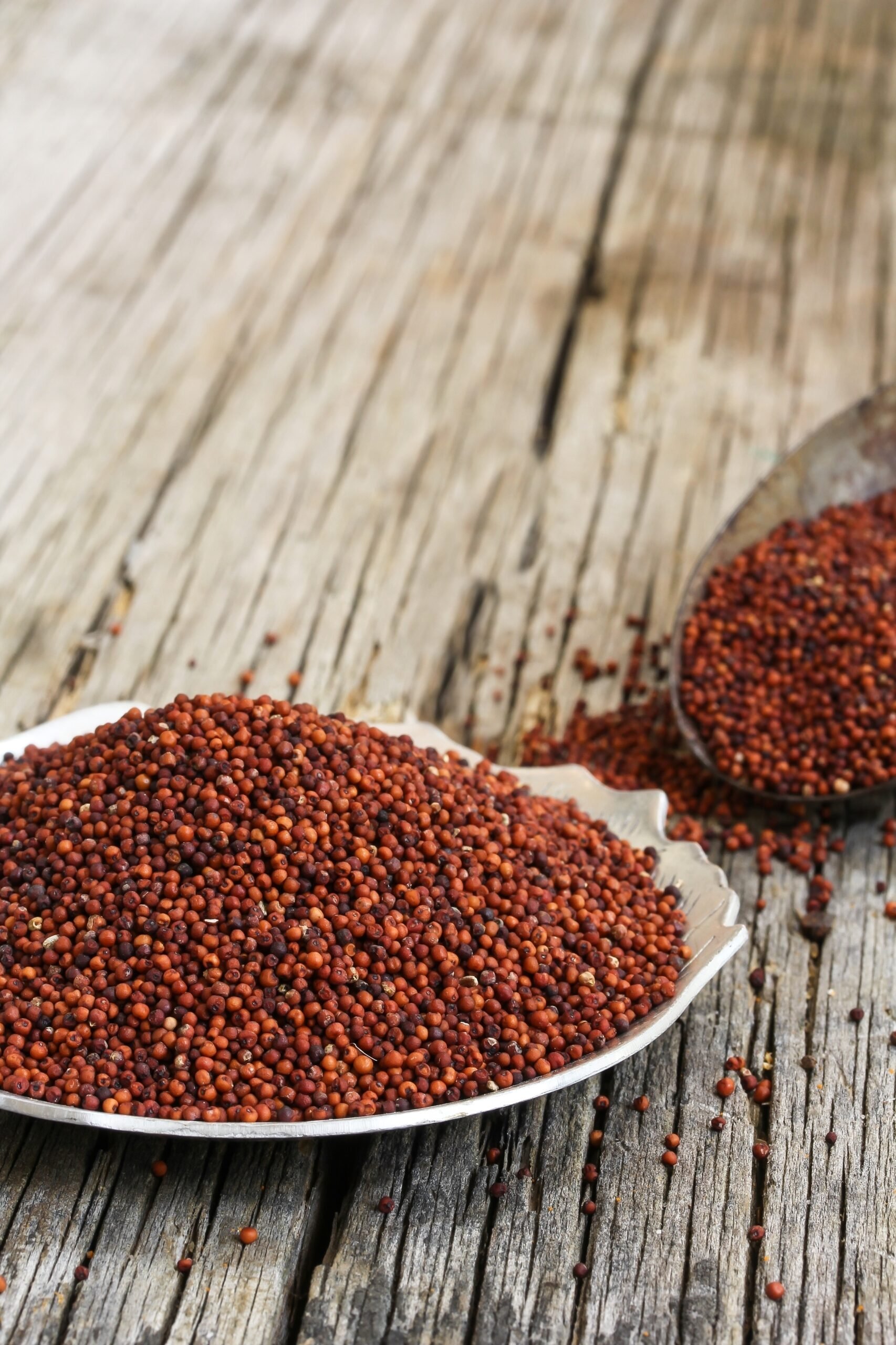
Ragi has been part of everyday cooking in India and Africa for centuries, long before it appeared in health stores or gluten-free baking. Also called finger millet, this small reddish-brown grain grows well even in tough, dry climates, which is one reason it became such an important staple.
What makes ragi stand out is its natural nutrition. It’s rich in calcium, iron, and fiber, and because it doesn’t need polishing or refining, it’s used in its wholesome form. Being naturally gluten-free, it fits easily into both traditional recipes and modern diets — whether in porridges, flatbreads, or baked goods.
Once seen mainly as a rural staple, ragi is now making its way into more kitchens, valued for being filling, versatile, and rooted in tradition.
What Exactly Is Ragi?
Ragi, or finger millet, is a small reddish-brown grain that has fed communities in India and Africa for centuries. It’s valued not only for its nutrition but also for its resilience — thriving in dry, challenging climates where other crops often fail.
Naturally gluten-free, ragi is a reliable source of calcium, iron, and fiber. Unlike many modern grains, it doesn’t need to be polished or refined, which means it’s eaten in its natural, nutrient-rich form. Whether used whole or ground into flour, ragi fits just as well into traditional diets as it does into modern, health-focused cooking.
Forms You’ll Find It In
Ragi comes in several forms, each with its own uses:
-
Whole grains: Can be cooked like rice, sprouted, or added to hearty dishes.
-
Ragi flour: The most common form, used for rotis, porridges, pancakes, and even cakes or brownies. Available as regular or sprouted flour.
-
Ragi malt: A ready-to-mix powder, often stirred into milk or water for a quick, filling drink. Some versions are sweetened with jaggery.
-
Popped ragi or flakes: Light and crunchy, great as a snack or cereal base.
-
Ragi semolina (rava): A coarse version used in upma, idli, or dosa batter for a nuttier bite.
What Does It Taste Like?
Ragi has a deep, earthy taste with a hint of nuttiness and a faint bitterness, especially if you’re new to it. Roasting softens the bitterness and brings out a warm, toasty flavor that works well in both sweet and savory dishes.
On its own, it has a strong character, but in blended recipes like pancakes, muffins, or smoothies, it slips in quietly and adds body without overpowering other flavors.
Culinary Uses Around the World
Ragi may be ancient, but it shows up in kitchens across the globe:
-
India: In South India, it’s a staple for mudde (steamed ragi balls), rotis, dosas, and porridges. In the north, it often finds its way into multigrain flours and baked snacks.
-
Africa: Known as dagusa or wimbi, it’s used in porridge, flatbreads, and fermented drinks like uji in Kenya or injera-style breads in Ethiopia.
-
Nepal & Bhutan: Often part of warm porridges or traditional local brews, especially in the mountains.
-
Sri Lanka: Mixed with coconut for breakfast dishes and snacks.
-
Western kitchens: Increasingly used in gluten-free baking, cereals, granolas, and energy bars.
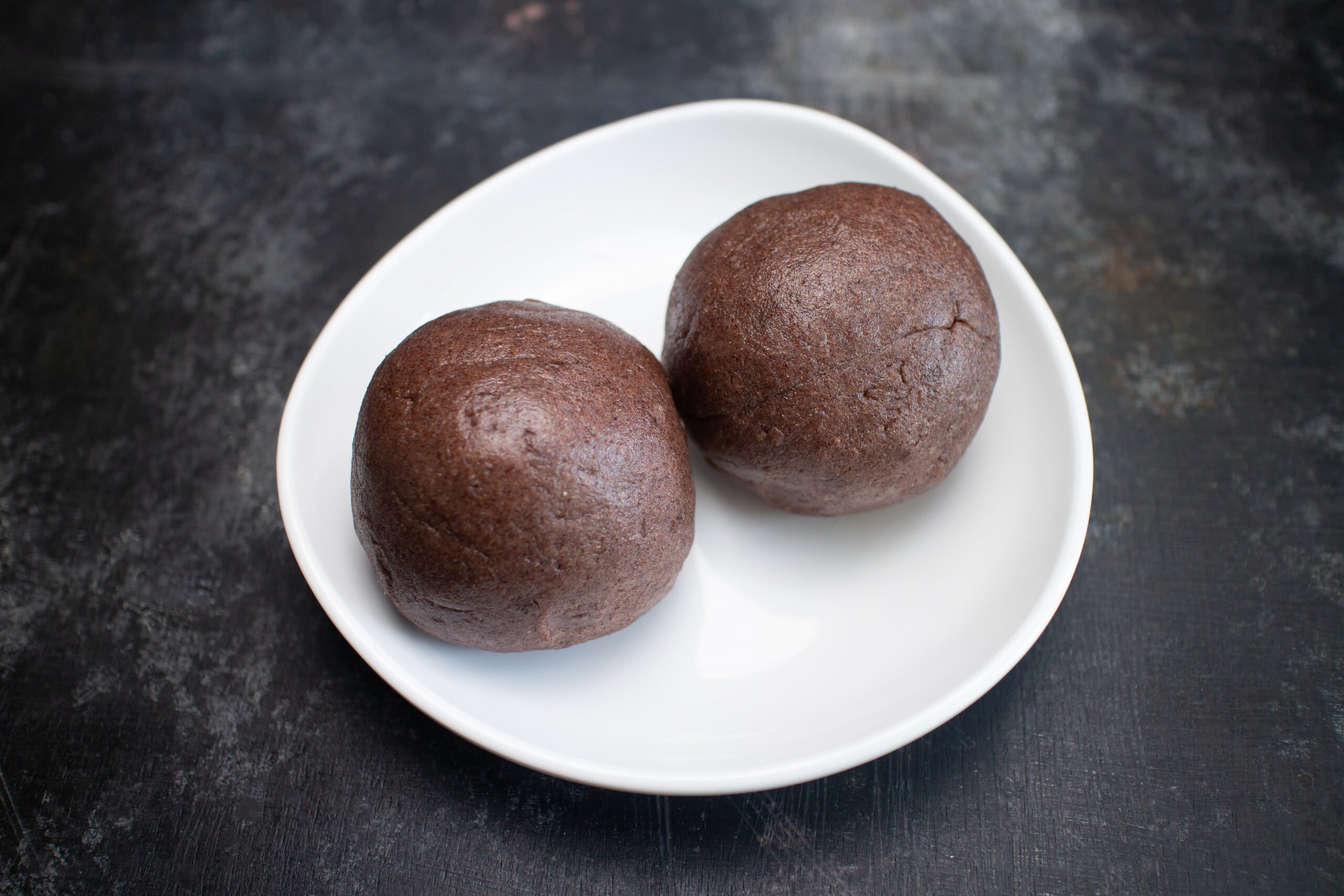
Cooking With Ragi
Ragi might look humble, but it’s surprisingly flexible in the kitchen — once you know how to handle it.
-
In doughs: Ragi flour doesn’t have gluten, so it can be tricky to roll out. Mix it with warm water (and sometimes a little wheat flour) to make soft, pliable rotis or parathas. A splash of oil helps too.
-
As porridge: Just cook ragi flour in water or milk, stir in jaggery or fruit, and you’ve got a filling breakfast that keeps you going for hours.
-
For baking: Swap part of your regular flour with ragi flour in muffins, pancakes, cookies, or brownies for a richer, nuttier flavor.
-
In drinks: Ragi malt is a classic — mix the flour with water, boil until thick, and add milk or sweeteners for a traditional energy drink.
Toast the flour lightly before using — it enhances the flavor and makes it easier to digest.
Creative Ways to Use Ragi Beyond Basics
Ragi isn't just for rotis and porridge anymore — it’s slipping into modern meals with style:
-
Ragi Smoothie Bowls: Blend ragi flour into your breakfast smoothie for extra fiber and staying power. Top with nuts, fruits, and seeds.
-
Energy Bites: Mix ragi flour with dates, peanut butter, and a dash of cocoa. Roll into bite-sized snacks — no baking needed.
-
Gluten-Free Crêpes or Wraps: Combine ragi flour with eggs and milk (or plant-based options) for thin, nutty wraps that pair well with savory or sweet fillings.
-
Pizza Base: Ragi flour makes for a nutritious, earthy pizza crust when mixed with a bit of yeast and olive oil.
-
Ragi Nachos or Crackers: Bake ragi flour into crispy shapes seasoned with herbs — perfect with hummus or guac.
Think of it as a nutrient-rich upgrade to your everyday favorites — with zero compromise on taste.
Flavor Pairings
Ragi has a deep, nutty, slightly earthy flavor — and it pairs best with ingredients that complement or balance that richness.
-
Sweet Pairings:
Jaggery, banana, coconut, cardamom, dates, raisins, cinnamon, vanilla
(Great for porridges, muffins, or energy balls) -
Savory Pairings:
Cumin, garlic, green chili, yogurt, onion, coriander, ghee, curry leaves
(Ideal in rotis, crepes, or savory porridge) -
Neutral Boosters:
Milk (or plant-based), peanut butter, cocoa powder, oats
(Perfect for blending into smoothies or snacks)
Pair it right, and ragi becomes a canvas for both comfort and creativity.
How to Store It Right
Ragi may be hardy, but like all whole grains and flours, it needs a little care to stay fresh:
-
Whole Ragi Grains: Store in an airtight container in a cool, dry place. If you live in a humid area, consider refrigerating or freezing to prevent mold or pest issues.
-
Ragi Flour: Because it contains natural oils, it can go rancid if not stored properly. Keep it in an airtight container in the fridge — especially during summer.
-
Sprouted Ragi Flour or Malt Mixes: These are more delicate. Always refrigerate and use within a few weeks.
-
Popped Ragi or Snacks: Store in sealed bags or jars away from sunlight to maintain crispness.
Nutritional Value (Per 1 Cup of Ragi Flour)
A cup of ragi flour (about 100 grams) brings serious nutritional power to your plate:
- Calories: ~330–350
- Protein: ~7–8g
- Fiber: ~11–12g
- Carbohydrates: ~72–75g
- Fat: ~1.5–2g
- Calcium: ~340–350 mg
- Iron: ~3–4 mg
- Magnesium: ~140 mg
- Phosphorus: ~280 mg
Health Benefits of Ragi
Ragi may look simply, but it’s packed with nutrients that can support your health in meaningful ways:
-
May support bone health
Ragi is one of the richest natural sources of calcium, which can help strengthen bones and prevent osteoporosis, especially in children and older adults (Source). -
Can aid in managing blood sugar
Thanks to its low glycemic index and high fiber content, ragi may help control spikes in blood glucose levels, making it a smart choice for diabetics (Source). -
May improve heart health
Ragi contains amino acids like methionine and threonine, which may support heart function and reduce cholesterol when consumed as part of a balanced diet (Source). -
Supports digestion
Ragi’s high fiber may aid in smoother digestion and regular bowel movements (Source).
Final Thoughts
Ragi doesn’t need hype to earn its place in the kitchen. It’s steady, nourishing, and versatile enough to slip into everything from simple porridges to modern bakes. What makes it stand out is how easily it brings nutrition into everyday meals without fuss.
However you use it — in flour, grains, or even a quick drink — ragi is one of those foods that quietly supports you day after day.
FAQs
Is ragi gluten-free?
Yes, ragi is naturally gluten-free, making it a great option for people with gluten sensitivity or celiac disease.
Can I eat ragi every day?
Absolutely — in moderation. Daily use is generally safe and nutritious, especially when balanced with other grains.
Is ragi good for kids?
Yes, ragi is rich in calcium and iron, which may support growing bones and energy levels in children.
How do I include ragi in my diet if I don't like porridge?
Try it in pancakes, rotis, muffins, smoothies, or even savory snacks like dosas and ladoos.
Does ragi need to be soaked before use?
Not always. But soaking or sprouting can improve nutrient absorption and make it easier to digest.
Can I use ragi flour for baking?
Yes! It works well in cookies, breads, and cakes — often best when mixed with other flours for better texture.
Learn More About Ragi (Finger Millet)
Wikipedia — Finger Millet
A detailed overview of ragi (finger millet), covering its origins, cultivation, and nutritional profile — including its notable calcium, fiber, and amino acid content compared to other grains.


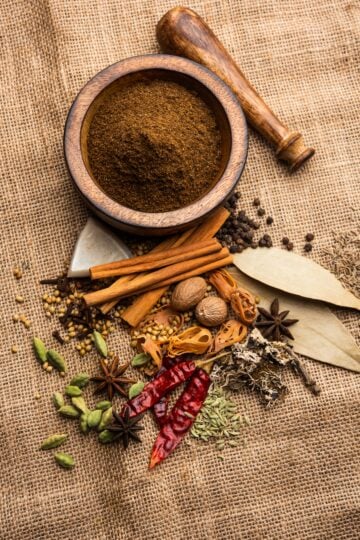
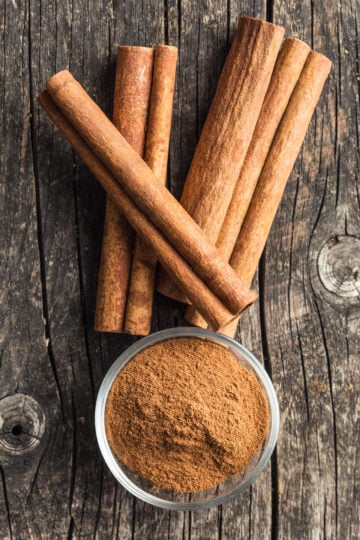
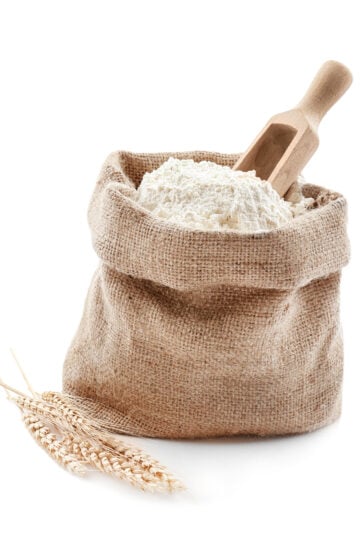
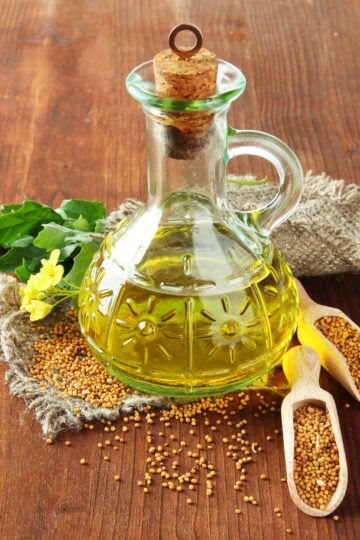
Have a question or something to share? Leave a comment below!